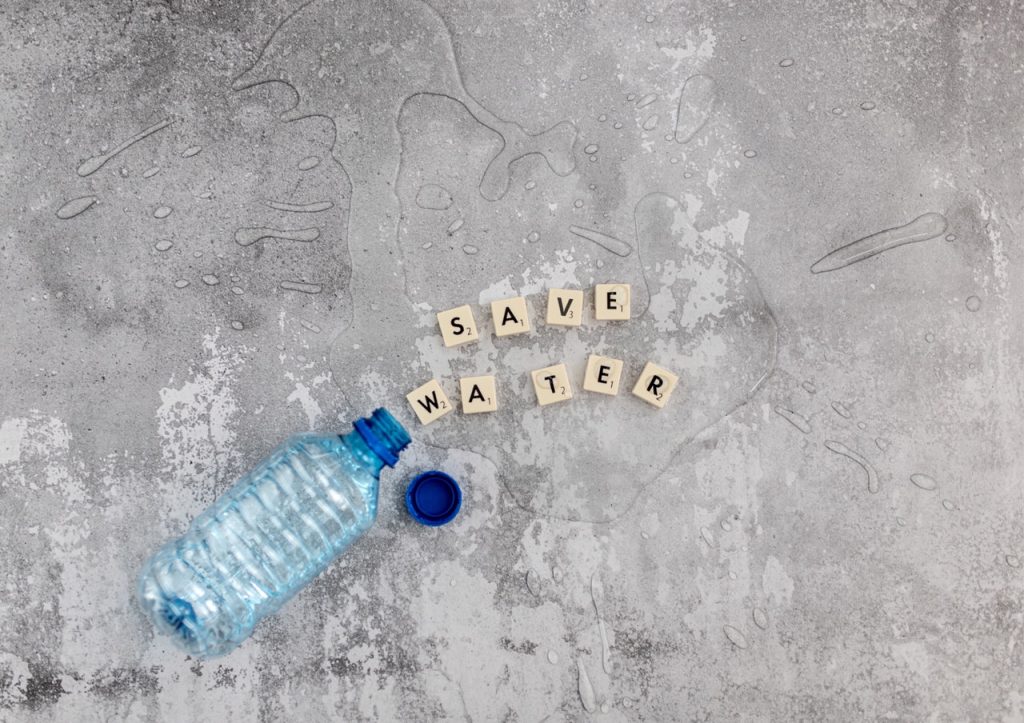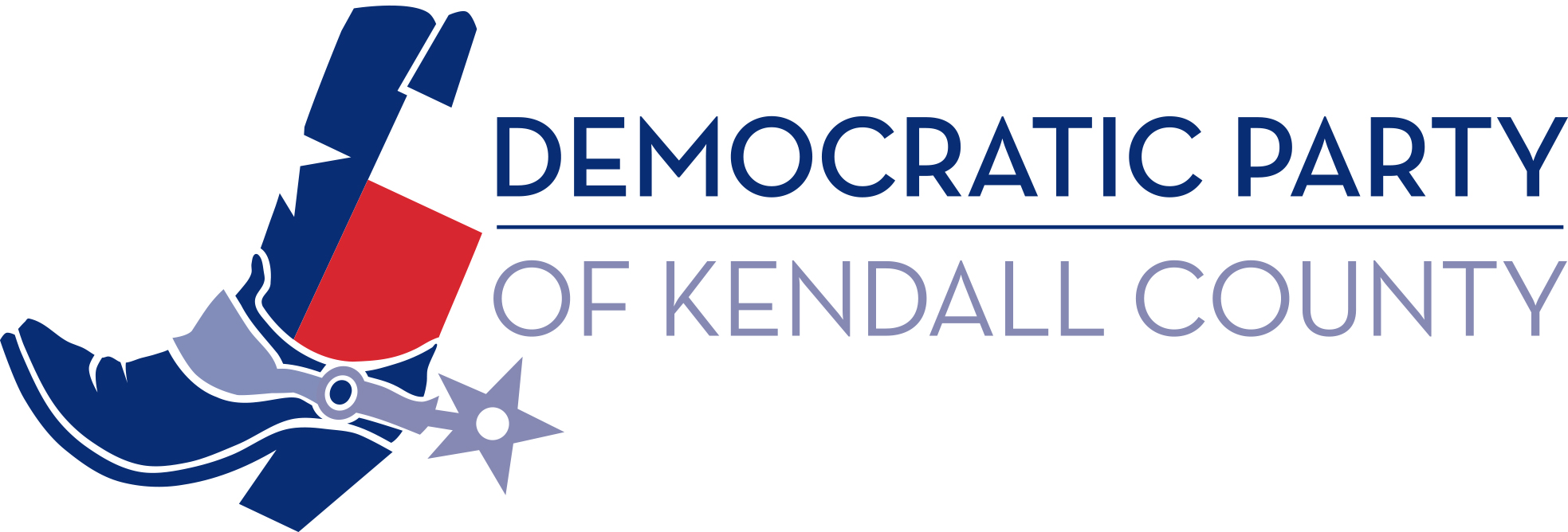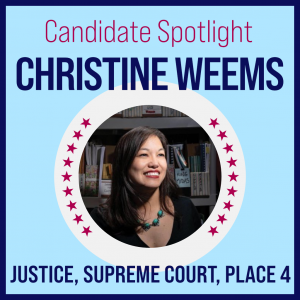by Laura Bray
for the “Progressive Views” column, Boerne Star, November 5, 2021

In the next twenty years, Texas A&M’s Natural Resources Institute predicts “potentially the largest intergenerational land transfer in [Texas] history.” Nearly 40% of current Texas landowners are older than 65. “The majority of soon-to-be-transferred lands will likely pass through wills, potentially to younger generations who may have less experience or financial capital needed to take over family operations.” If those lands are sold to developers, Kendall County will experience major impacts.
At last week’s State of the City address, Mayor Handren said, “Water is the most critical natural resource we have.” The Kendall County Water Planning Committee (WPC) is currently at work, with a focus on conservation and consumption. The #1 driver of water use is population, but extended drought (such as the one from 2010-2015) also plays a big role and must be planned for.
A challenge is coming with water, and in fact, is already here. In previous local and statewide water use studies, Boerne’s population growth was vastly underestimated, leading to shortcomings in planning. Per the US Census, the City’s 2020 population increased by 70% from 2010. Since the 1970 census, it has increased by nearly 700%. Handren expects that Boerne will add 10,000 more residents by 2030.
Our water supply is not unlimited. The City of Boerne obtains its drinking water from surface water (lakes, streams, etc.) and ground water (underground water in aquifers). The City owns and operates the Surface Water Treatment Plant at Boerne City Lake and nine groundwater wells. Additionally, the City purchases treated surface water from Canyon Lake through the Guadalupe-Blanco River Authority.
Fortunately, some new tools have appeared to help our local leaders plan for these water infrastructure challenges.
As an aid in managing current and future water needs, the City and the WPC are looking at the “Internet of Water” (IOW) project, a comprehensive look at how water is sourced and consumed. The IOW “envisions a nation engaged in equitable and resilient water management and stewardship enabled by shared and integrated water data and information.“ IOW is developing a data infrastructure to enable more holistic water management, rather than forcing stakeholders to seek their data in fragmented silos of information, scattered across agencies.
There are 463,591 bodies of water in the United States, but only one Internet of Water. The concept is based on the idea that it’s not “north Texas water” and “west Texas water” and “Hill Country water.” All of those are connected. It’s just one water.
Earlier this year, in partnership with IOW and the Bureau of Economic Geology at UT, the Cibolo Center for Conservation (previously the Cibolo Nature Center) launched the Boerne Internet of Water initiative, the pilot project for the first municipal-level Internet of Water data hub and dashboard. This data hub “will allow community stakeholders at all levels to access water data to inform decisions for years to come.” With better understanding of supply and demand dynamics, stakeholders will have a better idea of what kinds of businesses can be sustained in the area.
Another new concept is One Water, a “term that refers to an integrated approach to planning and implementation in order to manage finite water resources for long-term resilience and reliability. One Water considers all water resources as potential water supply—rainwater, drinking water, stormwater and wastewater—and seeks to minimize our overall demand for water resources.”
Conservation is critical. Examples include only watering your lawn on your assigned day and only between 7pm-11am, and replacing non-native grasses in your lawn with native plants that use less water. In fact, the City of Boerne regulates the types of turf grasses allowed for new residential and commercial development, to minimize impacts on water supply. The City is currently in Stage 2 Water Conservation.
In addition to explosive population growth, the ongoing effects of climate change—hotter temperatures, more severe storms, increased drought, and the like—will create a real conundrum for our local leaders.
Hopefully these new tools and approaches will help our leaders make effective plans to manage Kendall County’s water resources into the future. You can do your part by limiting your own water use (see tips here) and supporting local efforts to understand, plan for, and limit water use. We also need to continue to push our legislators in Austin to provide more tools for cities and counties to regulate development. For more information on how to get involved, visit www.kcdems.us
Ready to get involved?
Learn more about upcoming opportunities to take action online and/or in our own community.


